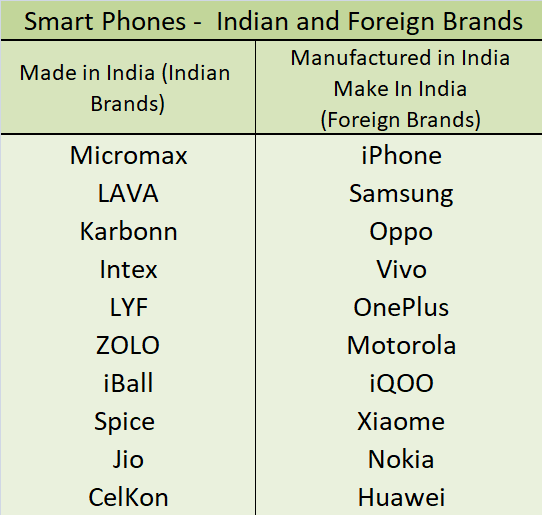India is the most populated country in the world today. About one-fourth of its people are between 15 and 29 years old, and another one-fourth are children aged 0 to 14. This young population makes India a great market for technology products, especially electronics, since young people are the biggest buyers. Because of this, India’s electronics industry is growing fast, helped by government programs aimed at making India a global leader in this field.
India’s Goal for Electronics Production
In 2023, the Indian government set a target to produce electronics worth 300 billion US dollars by 2026. They are focusing a lot on increasing smartphone exports. Thanks to this, India has become the second-largest mobile phone manufacturer in the world, with more than 200 factories making phones inside the country. As people have more money to spend, many international companies see India as a great place to sell their products.
Growth of Smartphone Manufacturing in India
Back in 2014-15, India made only 25% of the mobile phones it needed. But over the last ten years, smartphone manufacturing has grown a lot. In 2023-24, the production value reached about 49 billion US dollars, up from just 3 billion in 2015. This growth happened because of government programs like the Production Linked Incentive (PLI) scheme and the Make in India initiative. Now, India makes 97% of the phones it uses.
Since 2018-19, India’s phone production has matched its demand. After the PLI scheme started in 2020, production increased from 30 billion to 49 billion US dollars by 2023-24. Phone exports also grew by 91% in 2022-23 compared to the previous year, making smartphones one of India’s top five exported products. In 2023-24, exports rose by another 42%, reaching 15.6 billion US dollars. India became the sixth-largest mobile phone exporter in the world in 2022. This shows how important government support is for this industry.
Indian Government Programs Drive the Smartphone Manufacturing?
- Production Linked Incentive (PLI) Scheme: Started in April 2020, this program gives financial rewards to companies based on how many phones they produce. It encourages companies to make more phones in India and invest in local factories. Both Indian and foreign brands benefit from this.
2. Phased Manufacturing Programme (PMP): Launched in 2017, this plan uses tariffs (taxes on imports) to encourage companies to produce phones locally, helping build a strong manufacturing base in India.
3. Make in India: Started in 2014, this initiative has helped increase the number of phones made in India. From 2014 to 2022, over 2 billion phones were shipped from India, with shipments growing about 23% every year.
China+1 Trend:
Many companies want to reduce their dependence on China due to political and supply chain risks. They are looking for other places to make products, and India is a popular choice. While China and Vietnam’s phone exports dropped in 2023-24, India’s exports grew by over 40%. India gained nearly half of the export market lost by these countries, showing it is becoming a key player in global phone manufacturing.

The Future of India’s Electronics Industry
The government wants India to produce electronics worth 300 billion US dollars by 2025-26. Mobile phones will make up about 40% of this. In 2021-22, India’s phone exports crossed 5 billion US dollars and nearly doubled the next year. In 2023-24, exports grew by 42% again. Thanks to the PLI scheme, exports have grown much faster than before.
India has moved from importing more phones than it exports to exporting more than it imports. The government’s efforts to boost production and exports are helping India become a global manufacturing hub. This will support India’s economy and make it more competitive in the world electronics market.

